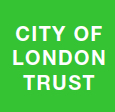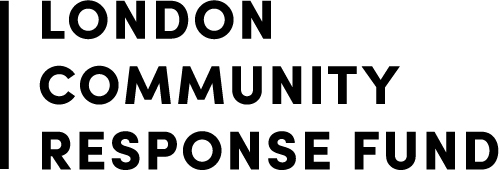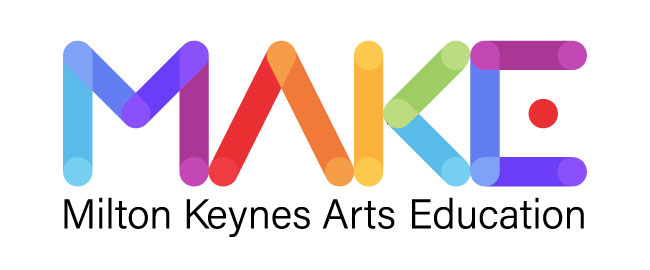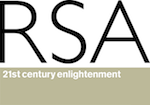10 Top Tips: How to teach literacy through the arts (Part 1)
|
Because literacy is so important in the primary curriculum, there are all sorts of tried-and-tested strategies, such as the use of synthetic phonics and guided-reading, which have become essential components of teaching. These methods are very effective, but using a variety of approaches can help maintain the children’s interest in their work, and the performing arts provide a buoyant, enjoyable platform from which to do this.
Happily, you don’t need a wealth of performing arts experience to give these ideas a go, and you might find you give children who struggle with reading and writing a chance to shine in literacy lessons. 1. Story Whoosh: There’s no better way to introduce children to a story than to have them perform it. In a Story Whoosh the children sit or stand in a circle, whilst the teacher narrates the story. As the tale unfolds the children enter the circle when invited and take on the characters and perform the actions described by the teacher. Children can also play any animals, objects or buildings that appear, and add sound effects and dialgoue! The ‘Whoosh’ comes at the end of each section, when the teacher waves a wand or stick in the air, making a ‘whoosh’ sound, to indicate all children to return to their places. This activity is a great way for the children to imaginatively contribute to an existing narrative, as well as making the story really stick in their heads.
2. Singing Recipes: For non-fiction writing, particular any kind of instruction based work, a song can greatly help the children remember the stages of a process. I was recently involved in a school project in which the children made toffee apples, with a view to writing up the process. Before the children set pen to paper, we wrote a song together, with two lines describing each stage, and a chorus linking the sections. This really cemented the steps for the children’s writing, as well as providing a lovely, whole-class activity before the individual writing task. If you’re not a song-writer, just change the words to an existing song – it works just as well.
3. Character Statue-Gallery: This activity is a great way for children to creatively explore characters from a story, perhaps as preparation for a character description task. The children are in pairs, with one as the statue, and the other as the statue-maker. One child then carefully moulds the other into a stance of the given character, not forgetting the facial expression! When finished, put on some background music, and have half the class walk round the statue gallery, before swapping over. You can then gather descriptive vocabulary to feed into the writing task.
4. Acrostic Rapping: We’re all familiar with acrostic poems, but this approach can give the formula a new lease of life. Give the children the extra challenge of making each line of their poem scan rhythmically, turning it into a rap. This can be done as a whole class, or, if the children are more able, in small groups. Put a backing track on and away you go! A nice additional touch is to have the children say the letter name before rapping the line, which will also help them remember the spelling.
5. Sound Story: Another technique that allows children to creatively explore narratives is this musical composition task. Split a story up into four or five key moments, which can then form the structure for an original composition using percussion instruments. First gather vocabulary appropriate to the story, maybe adjectives describing characters, or the emotions or atmospheres present. You can then use this vocabulary to explore the instruments as a class; can you make a ‘nervous’ sound on the tambourine; how about a ‘thrilling’ sound on the cymbal, or a ‘brave’ sound on the wood-block? The children can then evoke the mood or actions of a given section of the story in small groups, which could then form part of a class assembly, as well as giving the children a deeper understanding and connection to the action.
See here for the next 5 top tips. |
07 Feb 2014 |















